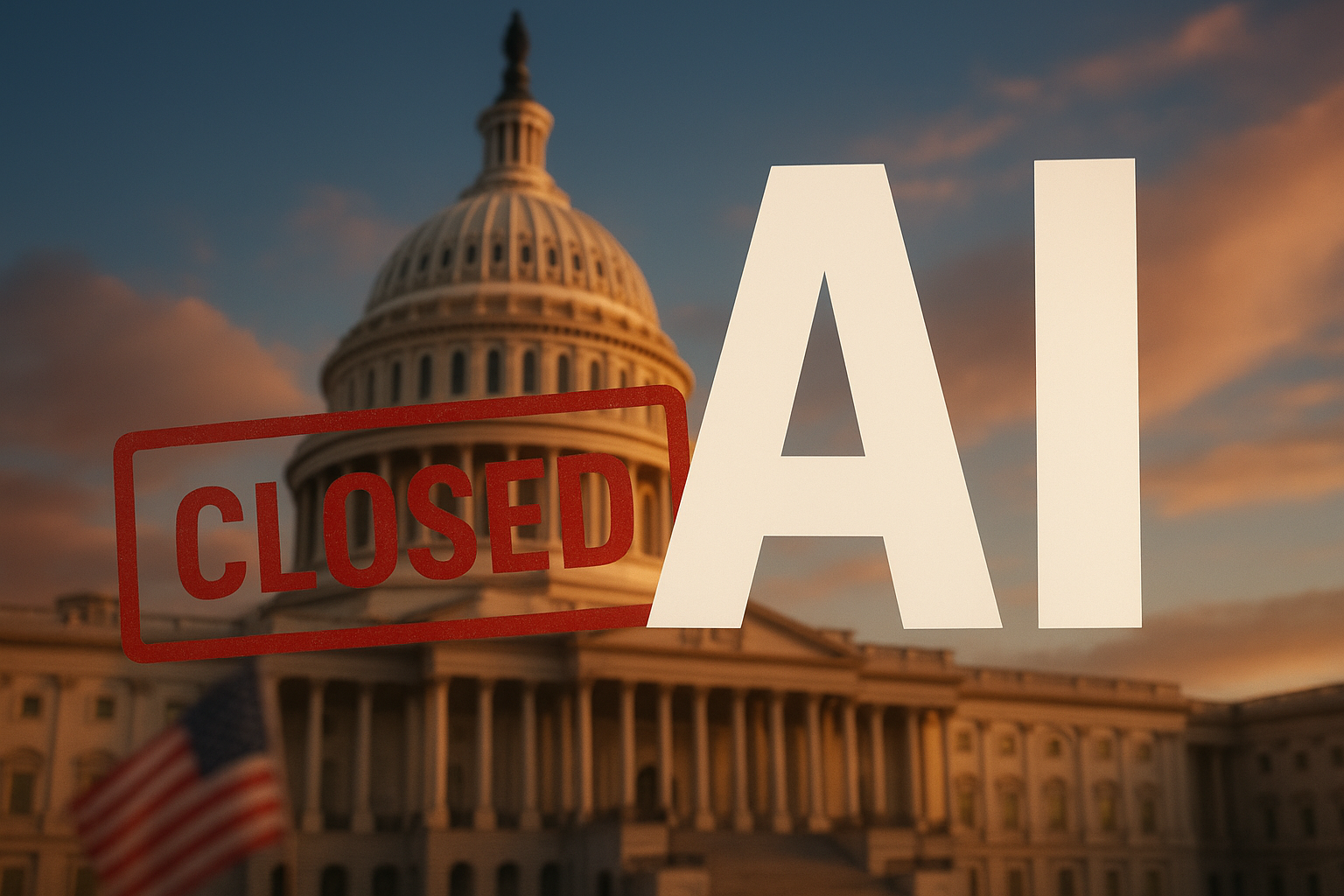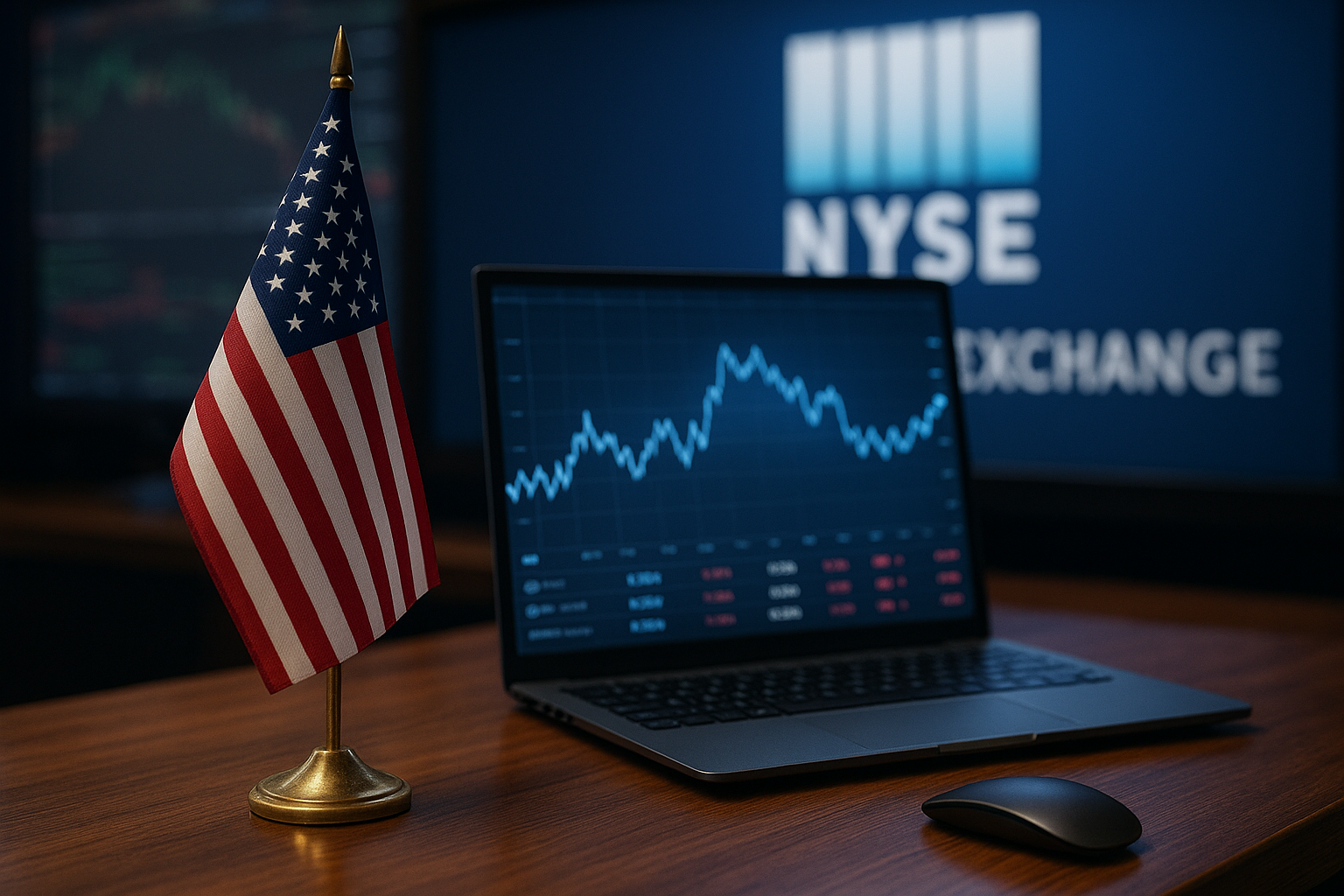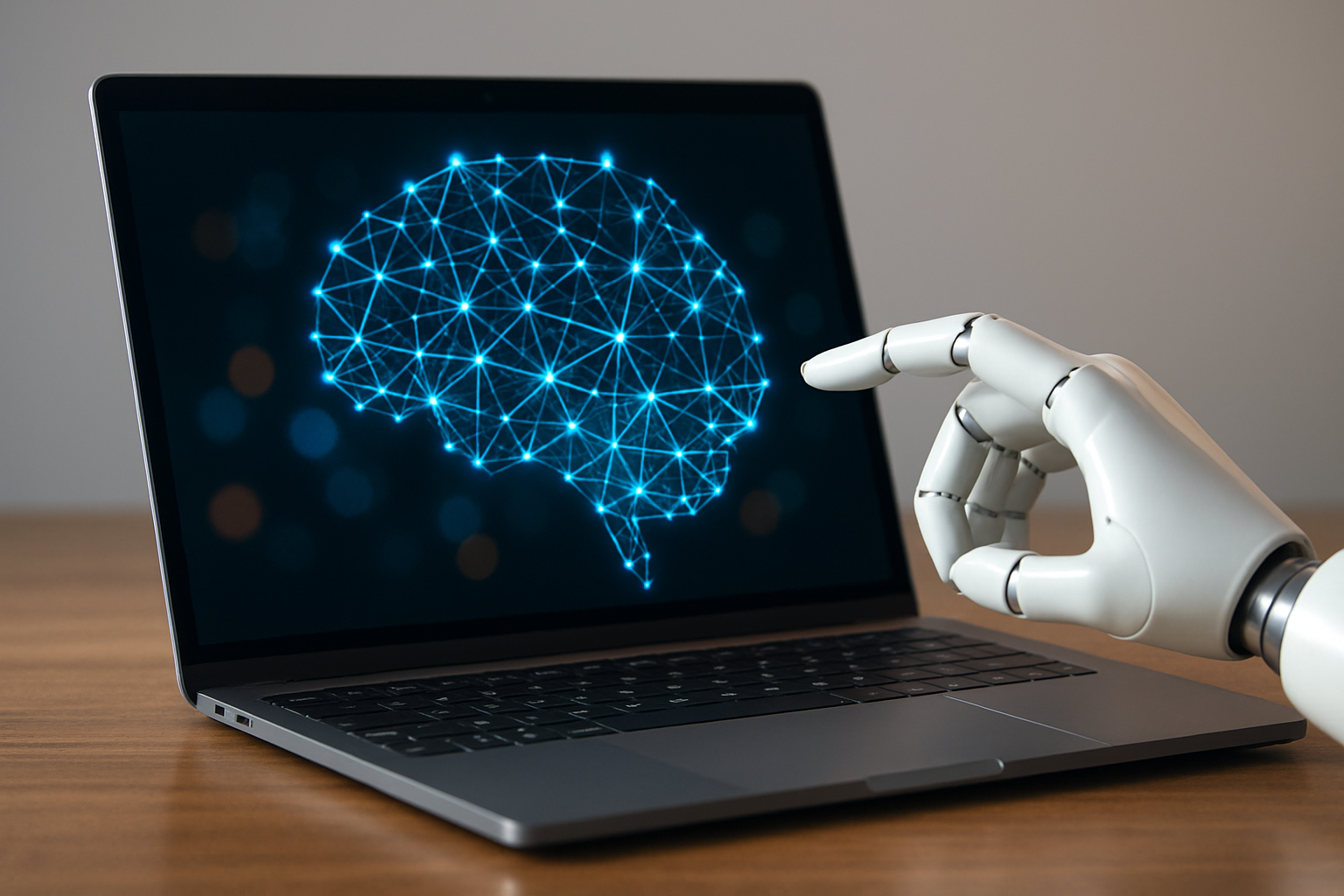When markets move, data drives the direction. But as the U.S. government shutdown extends into its sixth week — now the longest in American history — the absence of key economic indicators is leaving investors flying blind. The Department of Labor confirmed it will not publish its monthly employment report for a second consecutive time, cutting off one of Wall Street’s most vital gauges for labor-market strength, productivity trends, and by extension, corporate investment in artificial intelligence (AI) and automation.
The blackout isn’t just a bureaucratic inconvenience — it’s a strategic blind spot for markets trying to price one of the decade’s most transformative growth themes: AI adoption across the workforce.
The Data Drought and Market Anxiety
Employment data is a cornerstone of macroeconomic analysis. It guides Federal Reserve decisions, corporate hiring plans, and equity-market positioning. Yet with no nonfarm payroll data, no unemployment rate, and no labor participation updates, the U.S. economy’s most watched metrics are missing in action.
Reuters, Yahoo Finance, and The Guardian report that the shutdown’s data freeze has begun to ripple through trading desks and corporate boardrooms alike. Economists are warning that investors will have to rely on private-sector datasets — from ADP, Indeed, and LinkedIn — to fill the gap, though such figures often lack the granularity of official Bureau of Labor Statistics (BLS) releases.
For the AI sector, this lack of clarity is particularly critical. AI’s narrative — productivity gains, automation-driven efficiency, and job displacement — is built on quantifiable labor trends. Without federal data, assessing the actual rate of AI-driven productivity improvement becomes speculative at best.
Why This Matters for Investors
AI-driven firms — from chipmakers like Nvidia ($NVDA) and AMD ($AMD) to enterprise software providers such as Microsoft ($MSFT) and Palantir ($PLTR) — have built their valuations partly on the expectation that AI will offset labor shortages and boost margins across industries.
But without updated data on hiring, wages, and sector-level employment, investors lack the benchmarks needed to measure whether these promises are materializing. As one analyst told Reuters, “The shutdown has created a vacuum where AI optimism meets macro uncertainty — and that’s a volatile mix.”
This dynamic may also distort market sentiment. The AI narrative has been one of long-term growth resilience, but traders are increasingly cautious. Market volatility has ticked higher, and capital allocation toward high-valuation tech stocks is being reassessed as investors weigh whether AI’s near-term economic impact justifies its premium pricing.
Alternative Signals Emerging
With traditional labor data offline, institutional and retail investors alike are turning to alternative indicators. For instance:
- Private Payroll Reports: ADP’s October payroll data suggested hiring remains steady but cooling, implying limited short-term upside for companies banking on automation-led productivity spikes.
- Job Postings and Skills Data: LinkedIn’s AI-related job postings fell 12% in October, signaling that AI hiring momentum might be moderating.
- Corporate Guidance: Tech giants like Microsoft, Alphabet, and Amazon have all shifted their language from “AI expansion” to “AI efficiency,” reflecting a move toward cost discipline rather than aggressive hiring.
These secondary data points, while imperfect, may offer interim insight into how AI adoption is tracking beneath the surface.
Future Trends to Watch
If the shutdown persists, markets could face a sustained period of “data opacity.” The Federal Reserve, already balancing inflation management and growth stability, may be forced to make rate decisions with limited empirical evidence. That uncertainty could translate into greater volatility for AI equities, particularly those whose valuations rely on aggressive forward assumptions.
In Canada, meanwhile, investors are watching closely. With U.S. data offline, cross-border firms in AI infrastructure, cloud computing, and robotics — including Shopify ($SHOP) and Kinaxis ($KXS) — could see increased attention as analysts look for clearer North American benchmarks.
According to Bloomberg Intelligence, the risk premium on AI-linked ETFs has widened by roughly 4% in the past month as macro uncertainty compounds with valuation fatigue. For long-term investors, that could either present an entry point or a caution flag — depending on conviction and risk appetite.
Key Investment Insight
In times of data scarcity, transparency becomes a premium asset. Investors should:
- Prioritize companies with independent data visibility — firms that publish detailed user, productivity, or usage metrics (e.g., Palantir’s AI platform metrics or Nvidia’s data-center utilization).
- Track private and real-time sources like ADP, ISM manufacturing data, and corporate earnings transcripts to detect shifts in AI-driven productivity trends.
- Maintain diversification — balancing AI exposure with sectors less dependent on labor-market assumptions, such as utilities, defense, and essential materials.
While the AI narrative remains structurally bullish, short-term caution is warranted. As one strategist put it on Yahoo Finance Live, “When the lights go out on data, even the smartest AI models are flying blind.”
For investors navigating this information blackout, the key is to focus on fundamentals that remain visible — innovation velocity, adoption curves, and earnings execution — rather than macro noise.
Stay tuned with MoneyNews.Today for real-time updates and data-backed insights as markets adapt to a world where the most valuable commodity may not be gold, oil, or data — but clarity itself.





